What to See, Experience, and Explore at Miami Art Week 2025
We checked in with our former podcast guests who will be inching through Miami traffic, unveiling new works, signing books and revealing new projects this year.
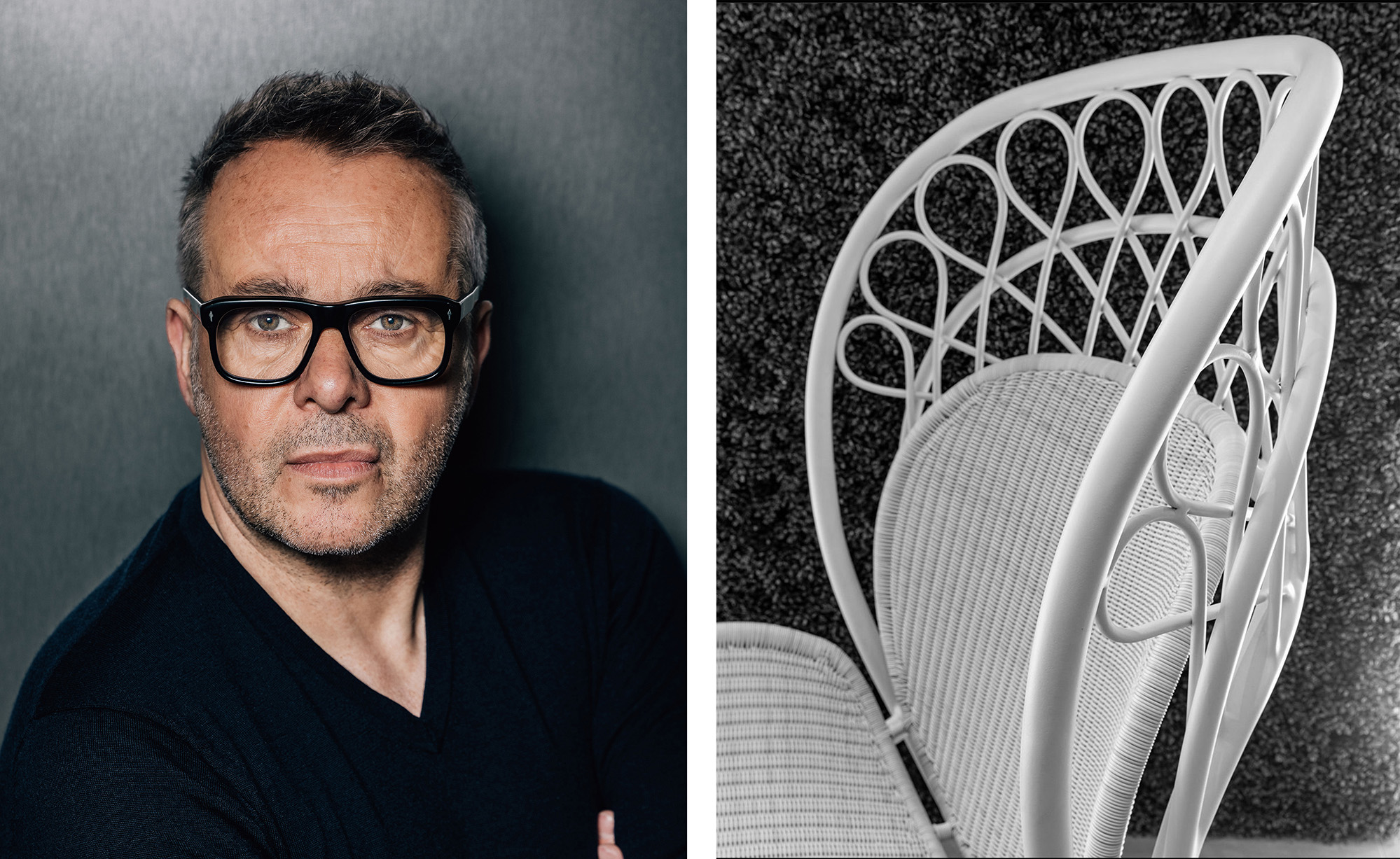
Welcome to The Curator, a newsletter companion to The Grand Tourist with Dan Rubinstein podcast. Sign up to get added to the list. Have news to share? Reach us at hello@thegrandtourist.net.
When Patrick Norguet talks about design, it feels less like theory and more like a philosophy shaped by decades of observation, exploration, and experimentation. The Paris-based designer has a legacy that’s just as colorful and contemplative as his iconic Rainbow Chair. “I start a project, it’s a white page for me,” Norguet says, who has a knack for being forward-looking and reflective at the same time. “Because the context matters: the human elements, the people, the manufacturer, the country, the culture—it’s everything. That’s always my inspiration.”
Norguet’s career began in earnest in 1999 with the debut of the experimental Rainbow Chair that was discovered and first put into production by Giulio Cappellini. “It was magic,” he says, recalling the translucent, iridescent creation that found its way into MoMA. “There’s no design. It’s the architecture of the chair—just four legs. It was something magic, all color and transparency, like a rainbow.”
Twenty-five years later, Norguet’s approach remains steadfastly rooted in process and emotion. “My job is just to have a lot of data in my mind and to reconnect them together and to solve some problem,” he says. “This is a part of my creativity.”

This outlook has guided his collaborations with brands like Bernhardt Design, Natuzzi, Flexform, and, most recently, the beloved outdoor furniture brand Janus et Cie that he designed the Plume seating collection for. “It was a big challenge,” he admits. “I designed this product four years ago. It was a very long and exacting process…but I think it’s a great product for the market with a very strong personality.” With Plume, Norguet took inspiration from classic cinema and the glamour of old-school Hollywood. The aluminum seat has two versions, low back and high back, the latter punctuated with nostalgic loops like you’d expect in a seat made from rattan. “When Janus called me, I saw one image in their catalogue—a vintage photo in L.A. with a cool Ford car in front. That was the DNA I wanted to tap into.”
Now, after creating designs for some of the industry’s biggest names, he’s taking a more personal approach to his next endeavor: an eponymous Paris gallery slated to debut a collection of handcrafted pieces this fall, partially inspired by the success of his 2021 book Patrick Norguet Dialogues, which delves into his design ethos with dramatic photography that merges man with the manmade. “I want to design for me—only for me,” he says. “To create a bubble with fresh air, without considering marketing, communication, price. To do something unique.”
Even with global recognition, Norguet is focused on integrity over scale. “I’m not like a chef who tells you the same story every time. I restart everything with a white page,” he says. “And that takes a lot of energy.” —Dan Rubinstein
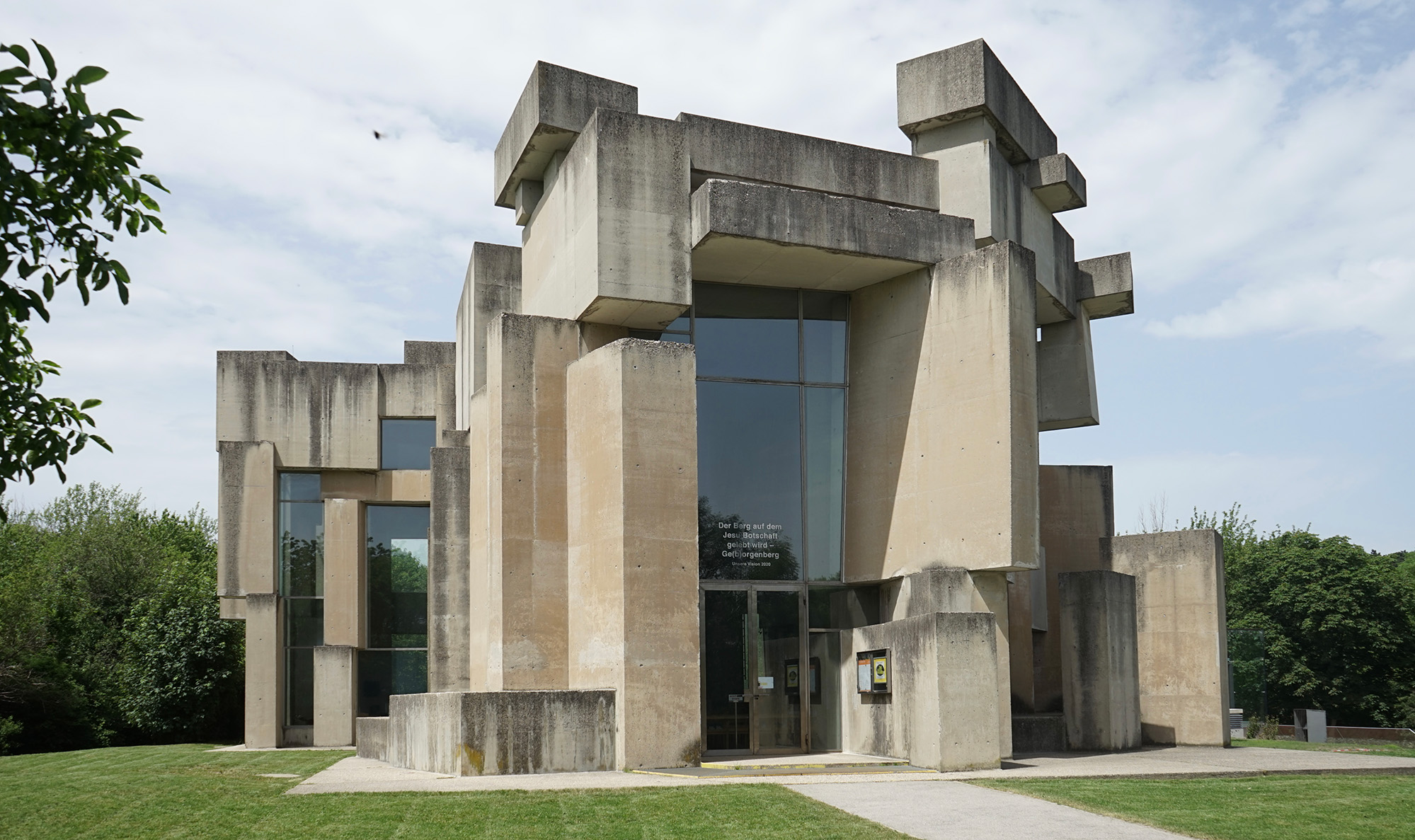
Not Your Mother’s Travel Guide
Wherever he goes, design expert Adam Štěch searches for the most incredible Modernist architecture. For the past 20 years, the young editor and historian has been documenting these gems on Instagram @okolo_architecture. Now, for all the like-minded design lovers who dote over spiral staircases and fun tiles, Štěch has written a pocket-book travel companion, published by the popular, forward-thinking online design outlet Sight Unseen, with over 400 examples of iconic and unknown sites in over 30 cities from San Francisco to São Paulo. See John Lautner’s residence, recognizable from The Big Lebowski, and be surprised by the tower holding Albert Einstein’s research in Berlin. shop.sightunseen.com —Vasilisa Ioukhnovets
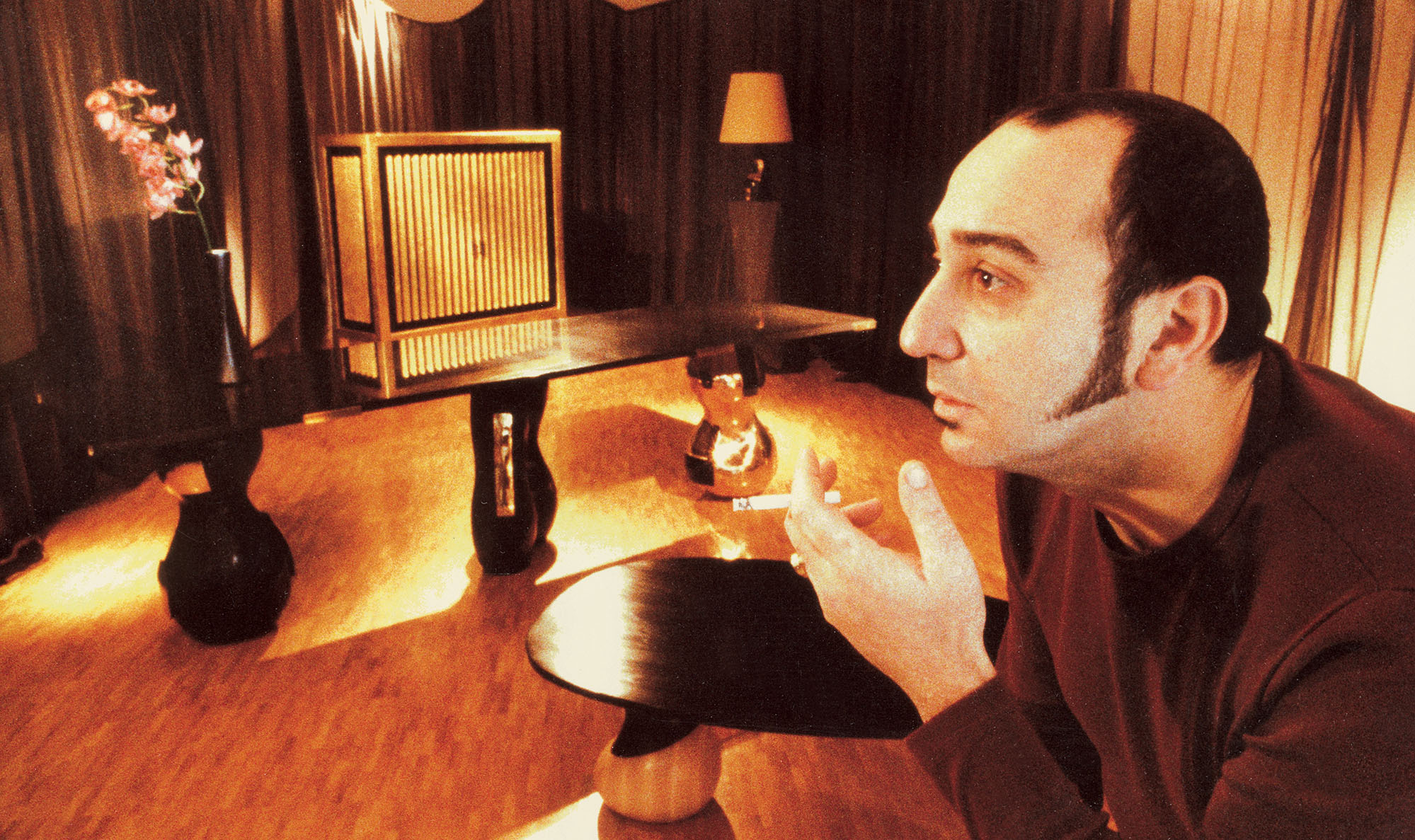
A Visionary Design Gallery Remembered; David Salle Touches Down in Seoul; Openings Around the World
New York, “From Paris to New York: Néotù—The Visionary Years” (Until Oct. 17)
In 1984, Gérard Dalmon and Pierre Staudenmeyer opened the doors of their Néotù gallery in Paris, selling limited-edition furniture and objects by French designers. Their support of young talent through the ’90s would transform contemporary French design. Over the next nearly 20 years, their Paris and later New York locations hosted over 100 exhibitions and showcased 850 unique designs. This show, the pioneering gallery’s first retrospective, presents furniture by some of the bold designers championed by the gallery, including Garouste & Bonetti, Martin Szekely, and Pucci de Rossi. galeriegabriel.com
Mexico City, “Ana Pellicer: Tienes Que Olvidar Para Recordar” (Until July 26)
The most noted works by Mexican metalworker Ana Pellicer was a series of gigantic jewelry pieces she made for the Statue of Liberty for its centennial in 1987. But despite the impressive scale of her copper pieces and mastery of traditional techniques, she didn’t receive international acclaim until 2017. Locally she was also known for her work training women in Michoacán in metalsmithing, teaching them how to make and sell their own jewelry. Following her death earlier this month, this exhibition honors the revolutionary five-decade career of the artist and educator. mmaassaa.com
New York, “Rob Wynne: I Remembered to Forget” (Until Oct. 10)
In the early 2010s, Rob Wynne began experimenting with molten glass. It started by accident, when the American artist dropped hot glass and saw the splat it made on the studio floor. “Absolutely spectacular,” he called it. Transfixed by the malleability of this brittle medium, Wynne began molding mirrored glass into forms you’ve never seen before, like delicate dew-like droplets and oozing words. The works in this show span 50 years of the New York–based mixed-media artist’s rule-breaking practice, exploring the poetry of his glasswork. studioliaigre.com
Rome, “Women and Ruins: Archaeology, Photography, and Landscape” (Until Nov. 9)
In the early 1900s, archaeology was predominantly a male field. Yet a small group of women archaeologists and travelers from the United States, Britain, and Italy would leave an indelible mark on research in Italy with their photography: American archaeologist Esther Boise Van Deman extensively documented the sites; the Bulwer sisters, British expatriates, made images for scientific publications; and Italian philanthropist Maria Pasolini Ponti documented the endangered architecture in the capital. Their photos show a city discovering its history. aarome.org
Seoul, “David Salle: Under One Roof” (Until Sept. 7)
“One of the motifs of my thinking life—my artistic life—is the famous quote from André Gide: ‘Don’t understand me too quickly,’” said David Salle on the podcast back in 2022. By then, he had completed his series called “Tree of Life,” inspired by The New Yorker cartoons of Peter Arno, the Garden of Eden, and the comedy that is human life. The American artist, a dutiful postmodernist, folds high and low art, pastiche, and American culture into his compositions. Quick to adopt and test the waters of NFT art, Salle has pioneered the new age of digital art. This show follows the evolution of Salle’s career, bringing together 40 works from early painting to video, plus his newest voyeuristic series “Windows,” shown in Korea for the first time. lehmannmaupin.com —Vasilisa Ioukhnovets
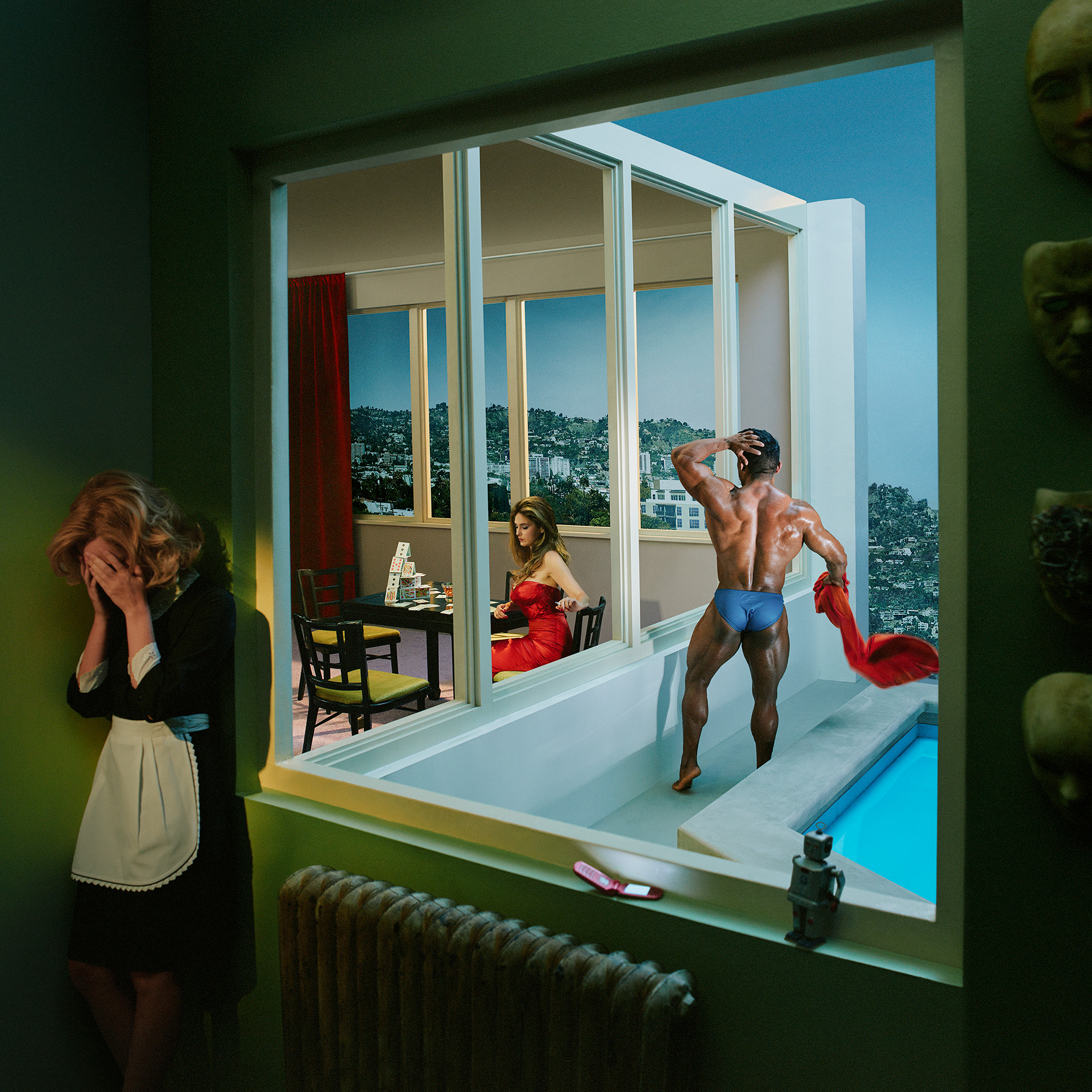
We checked in with our former podcast guests who will be inching through Miami traffic, unveiling new works, signing books and revealing new projects this year.
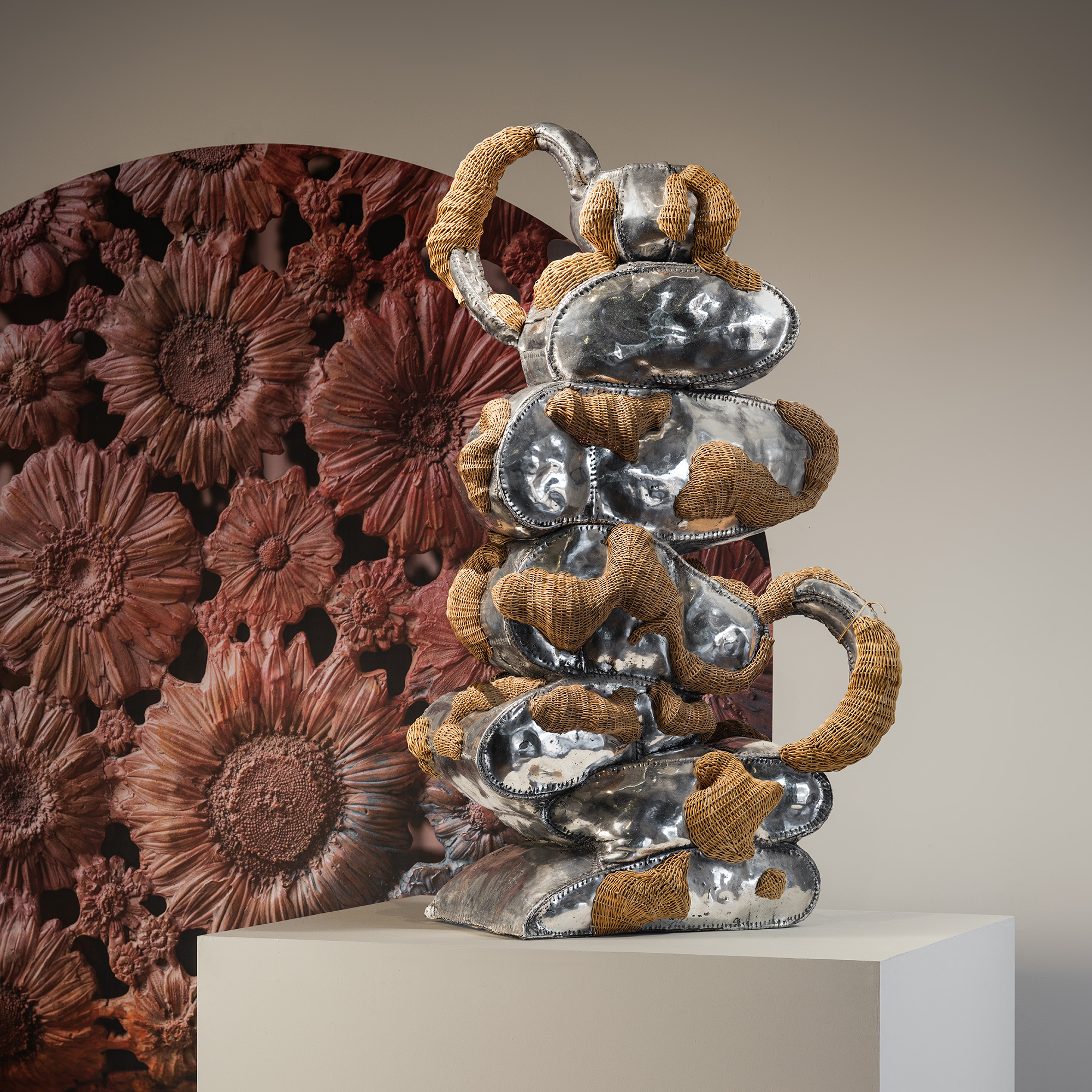
The ecstatic designs of Chris Wolston come to Texas, Juergen Teller's most honest show yet opens in Athens, a forgotten Cuban Modernist is revived in New York, and more.
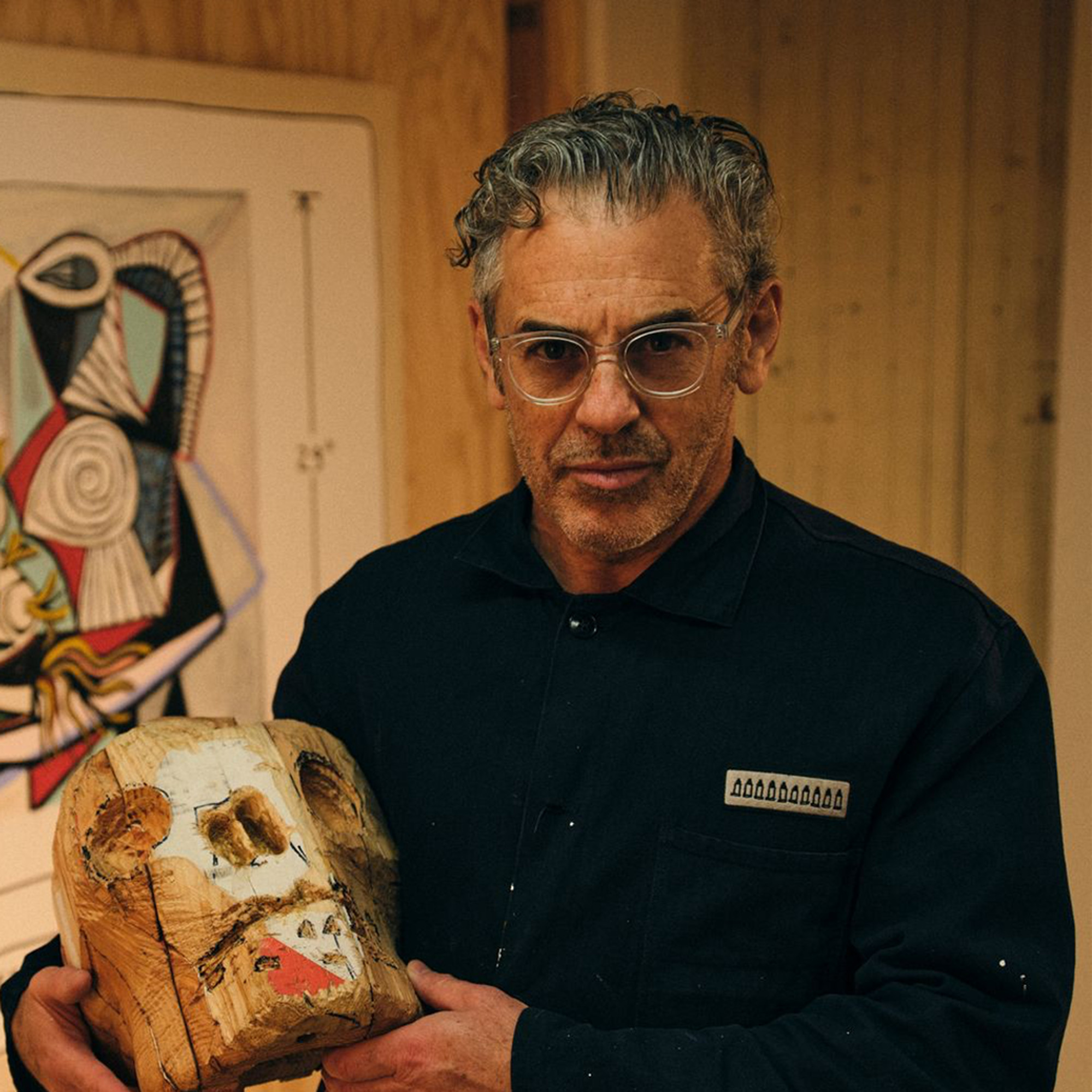
Tom Sachs explores various creative disciplines, from sculpture and filmmaking to design and painting. On this season finale, Dan speaks with Tom about his accidental journey to fine art, how an installation in a Barneys window kickstarted his career, and more.